Superman on Television
De-Constructing a Tabloid Caricature (Part 3 of 3)
By Don E. Smith Jr.
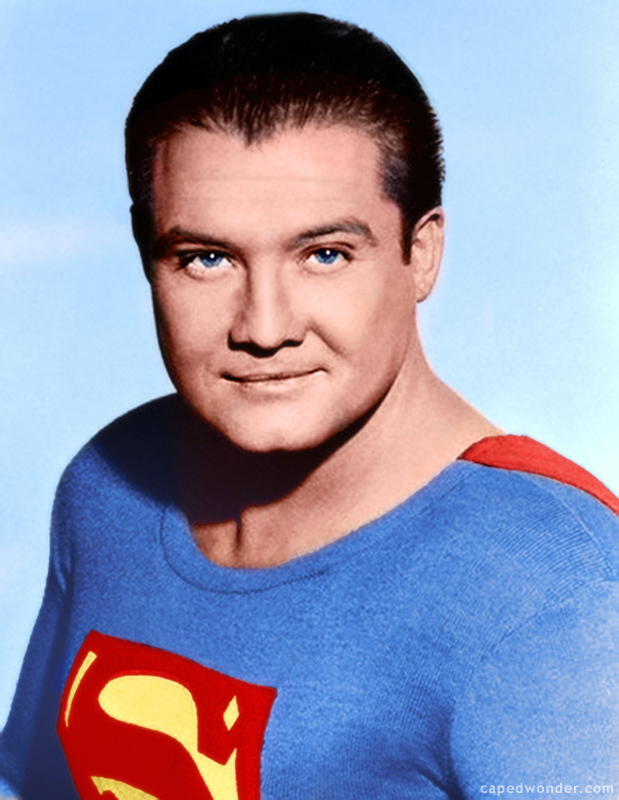 The death of George Reeves, star of "The Adventures of Superman," left many questions, and while writer Jan Alan Henderson freely admits he does not have the answers, nor does he attempt to answer them, what he does do is paint a broader picture of Reeves, who was found dead from a gunshot wound to the head in the early morning of June 16, 1959.
The death of George Reeves, star of "The Adventures of Superman," left many questions, and while writer Jan Alan Henderson freely admits he does not have the answers, nor does he attempt to answer them, what he does do is paint a broader picture of Reeves, who was found dead from a gunshot wound to the head in the early morning of June 16, 1959.
In the first part of the interview, Henderson, who wrote Speeding Bullet and Behind the Crimson Cape, discussed how the life Reeves intertwined with his life. In the second part of the interview, Henderson discussed Reeves's friends, his death and what part fiancé Lenore Lemmon played in his final days.
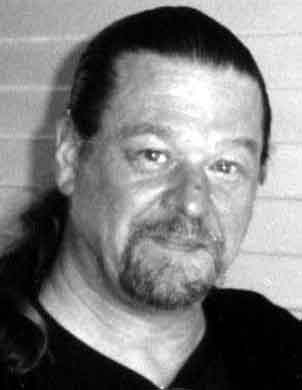 In the final part of this interview, Henderson discussed who Lenore Lemmon was, Reeves's autopsy and his reaction to "Hollywoodland," the movie that starred Ben Affleck as Reeves.
In the final part of this interview, Henderson discussed who Lenore Lemmon was, Reeves's autopsy and his reaction to "Hollywoodland," the movie that starred Ben Affleck as Reeves.
[Jan Alan Henderson Photo Courtesy of Steve Randisi]
THE LEGACY OF LENORE LEMMON
Question: You said that basically Lenore tried to nag George into marrying her. How do you think he viewed her?
JAN ALAN HENDERSON: Let's face it, George decided on Lenore because she was quite a bit of a sexual athlete and she was the flavor of the time. He told Jack Larson that she made him feel like a boy again.
I don't think George ever wanted to get married again. He had married an actress for a time from the Pasadena Playhouse and they were married for nine years. I think he was trying to focus on his career and get past the end of the Superman thing.
Q: Was a proper autopsy performed on Reeves?
JAH: They did perform an autopsy. Two of them - the first one was two weeks later; the second wasn't an autopsy, it was more an examination. That morning George ended up at the mortuary which was Gates and Kingsley.
He was embalmed the morning of his death, and what are you going to do with someone who is embalmed?
If I can go back to another acquaintance of George's, Dr. Paul Hanson. He wrestled George at a party the Saturday before George died.
He said that there were bruises on George's body, and this might have been where the bruising came from that were mentioned in the autopsy report.
Gene LeBell made similar comments. Gene also said George wore his bruises like proud battle scars.
But, going back to the autopsy, Dr. Hanson said to me that it would be a felony for that body not to be processed through the Los Angeles County Morgue for an autopsy. Steve Hodel, author of The Black Dahlia Avenger, wrote the same thing in his book. He was a homicide supervisor for the Los Angeles Police Department for over two decades.
What is a pathologist of that day going to do with an embalmed body?
With today's forensic science, testing and DNA testing there are more opportunities for someone to do something with an embalmed body. But years ago?
I don't think so.
Q: So why do you think the county morgue performed the autopsy?
JAH: George's mother requested the autopsy through her lawyer, Jerry Giesler, who was a famous criminal defense lawyer of that time.
I think Lenore Lemmon was having an affair with a heavy weight lawyer named Ed Bennet Williams and this was found in a fascinating book called The Man to See, written by Evan Thomas.
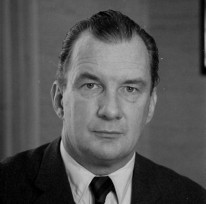 FAQ: EDWARD BENNETT WILLIAMS Q: Who was Ed Bennet Williams? JAH: To give a thumbnail sketch of who he is, Wikipedia said this: "He represented many high profile clients, including Frank Sinatra, financier Robert Vesco, Playboy publisher Hugh Hefner, spy Igor Melekh, Jimmy Hoffa, organized crime figure Frank Costello, U.S. Senator Joseph McCarthy, corporate raider Victor Posner, Michael Milken, the Washington Post newspaper and the Reverend Sun Myung Moon. "Williams, who was a graduate of the College of the Holy Cross and Georgetown University Law Center, successfully defended - among others - Adam Clayton Powell, Jr., Jimmy Hoffa, the Teamsters Union, John Connally and, as one his last clients, Michael Milken. "Two of Williams' closest friends were the Washington Post's Art Buchwald and Ben Bradlee. His debating team partner at Holy Cross was Robert Maheu, Howard Hughes's right hand man for many years. "Before establishing Williams & Connolly in 1967 with his friend and student Paul Connolly, he worked at the prominent, D.C.-based law firm of Hogan & Hartson from 1945 to 1949." When he died in August 1988, anyone who was anyone in Washington, D.C. attended the funeral. In fact, according to writer Evan Thomas, in his authorized biography of Williams, The Man to See, Vice President George Bush stopped in to pay his respects before flying off to the Republican National Convention, where he would later receive the party's nomination and in November of 1988 be elected the 41st President of the United States. "Two [American] presidents offered to make him the director of the CIA [Central Intelligence Agency]," said Thomas. Q: How does Lenore Lemmon fit in with Williams? JAH: According to Thomas, they met at the same New York City hangout and she educated him on the night life. "[Williams] was the least sophisticated guy you ever met. I used to call him 'Freshman'," said Lemmon in Thomas's book. Thomas further stated, "When Williams [who was married] went to bad with Lenore Lemmon, he was drunk, and later full of guilt. In the morning, Williams would get up and go to St. Patrick's Cathedral for confession." Q: What does Evan Thomas describe regarding George Reeves's death? JAH: After Reeves died, Thomas said that Lemmon called Williams. "Superman is dead!" Thomas said Lemmon said to Williams over the phone. "Williams told her to call the police and keep her mouth shut," said Thomas. Thomas further adds, "Lemmon promptly told the police she had fired the pistol while 'fooling around' before Reeves killed himself." And Lemmon held a press conference over the incident. "Only Lem can turn a suicide into a homicide," Williams said, according to Thomas. Though she retained Williams as a lawyer, the police never charged her for the shooting. "The coroner's report showed that Reeves had, in fact, taken his own life," said Thomas. |
Thomas is a senior writer for Newsweek and he will pop up on NBC's The Today Show discussing controversial cases.
Thomas is an expert writer and a master researcher.
Williams may have pulled a few strings and was able to have George immediately embalmed. Once again it is my opinion and I am sure are there are people who disagree.
Q: It seems Ms. Lemmon got around.
JAH: To be honest, I don't think she wanted to get married [to George] for the sake of monogamy but because she liked the idea of being married.
She was like a mafia groupie. She claimed to know New York City gangster Frank Costello and another gangster named Joe Adonis and guys like that.
She said she was also friendly with radio humorist and commentator Robert Benchley who starred in a Disney featurette called "The Reluctant Dragon."
She also said she was friends with Polly Adler, a known New York City bordello madam in the first part of the 20th Century. In fact, Lenore was described in certain circles as a hooker. Obviously we have some sexual athletics taking place here as well. But this is a speculation. Because something is in a book, doesn't make it true
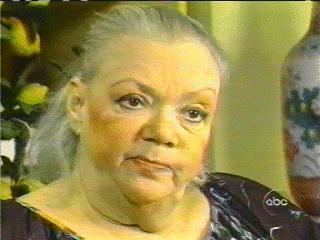 [WRITER'S NOTE: According to Wikipedia that after Reeves's death, "She returned to New York where she lived out the remainder of her life, her last years spent, according to her family, in alcohol dementia [on Dec. 30, 1989]."
[WRITER'S NOTE: According to Wikipedia that after Reeves's death, "She returned to New York where she lived out the remainder of her life, her last years spent, according to her family, in alcohol dementia [on Dec. 30, 1989]."
The article entry adds, "Her body was found in her New York Apartment January 4, 1990, and time of death was calculated as most likely five days earlier. Her death certificate reads December 30, 1989. ]"
Though it has also been reported by New York gossip Columnist Liz Smith, Lemmon's body was found on January 1, 1990.]
[Lenore Lemmon Photo Courtesy of Jim Nolt]
REACTION TO HOLLYWOODLAND
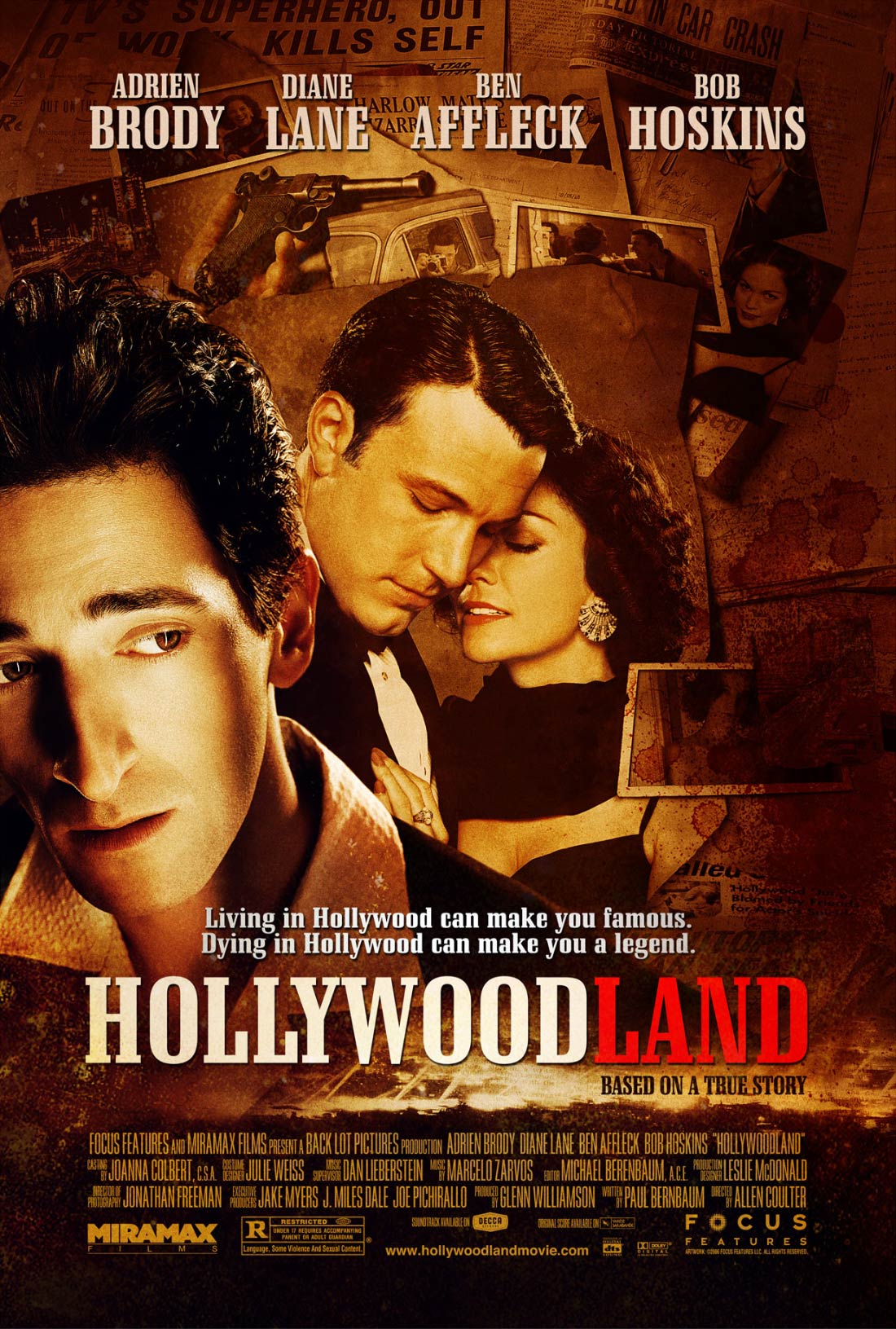 Q: Of course I have to ask, what did you think of 2006's "Hollywoodland" which starred Ben Affleck as George Reeves ?
Q: Of course I have to ask, what did you think of 2006's "Hollywoodland" which starred Ben Affleck as George Reeves ?
JAH: I have seen the movie more times than I would care to remember. I was asked to participate in the DVD but I turned it down. I had done five projects for Warner Bros. ["The Adventures of Superman" DVDs] and it was inappropriate.
The spirit of George Reeves was nowhere to be found in that motion picture.
[George's friend] Fred Crane called me up after he saw that movie and he hated it and he was absolutely enraged. He said, "I did not see the spirt of my friend in that picture."
I don't think the portrayal of George Reeves was accurate to George Reeves.
Now on the positive side I think Diane Lane is a brilliant actress and she did a great job as Toni Mannix.
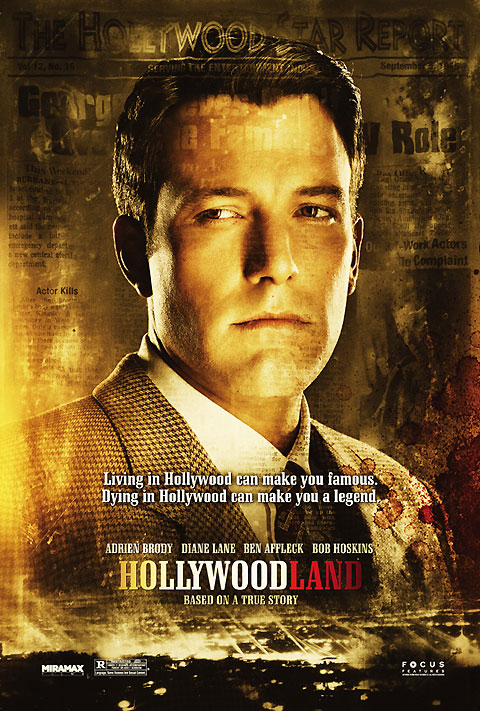 |
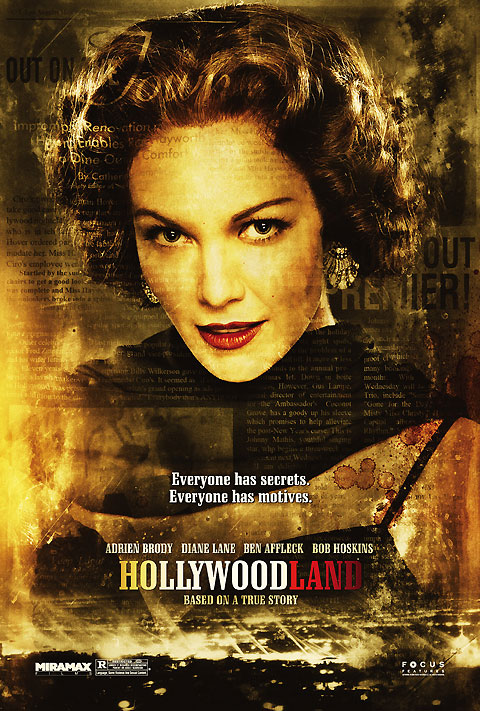 |
I think Bob Hoskins is a tremendous actor and another great, great talent and I don't think he was given good material to work with.
I also think Adrien Brody is a fantastic actor, but his character was a secondary character. You can't have a secondary character assume the lead role in a picture of this nature.
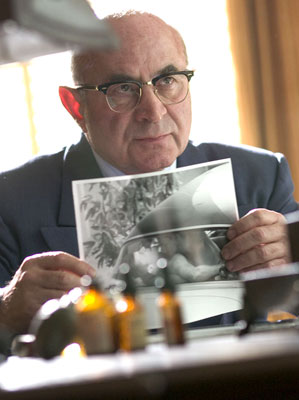 |
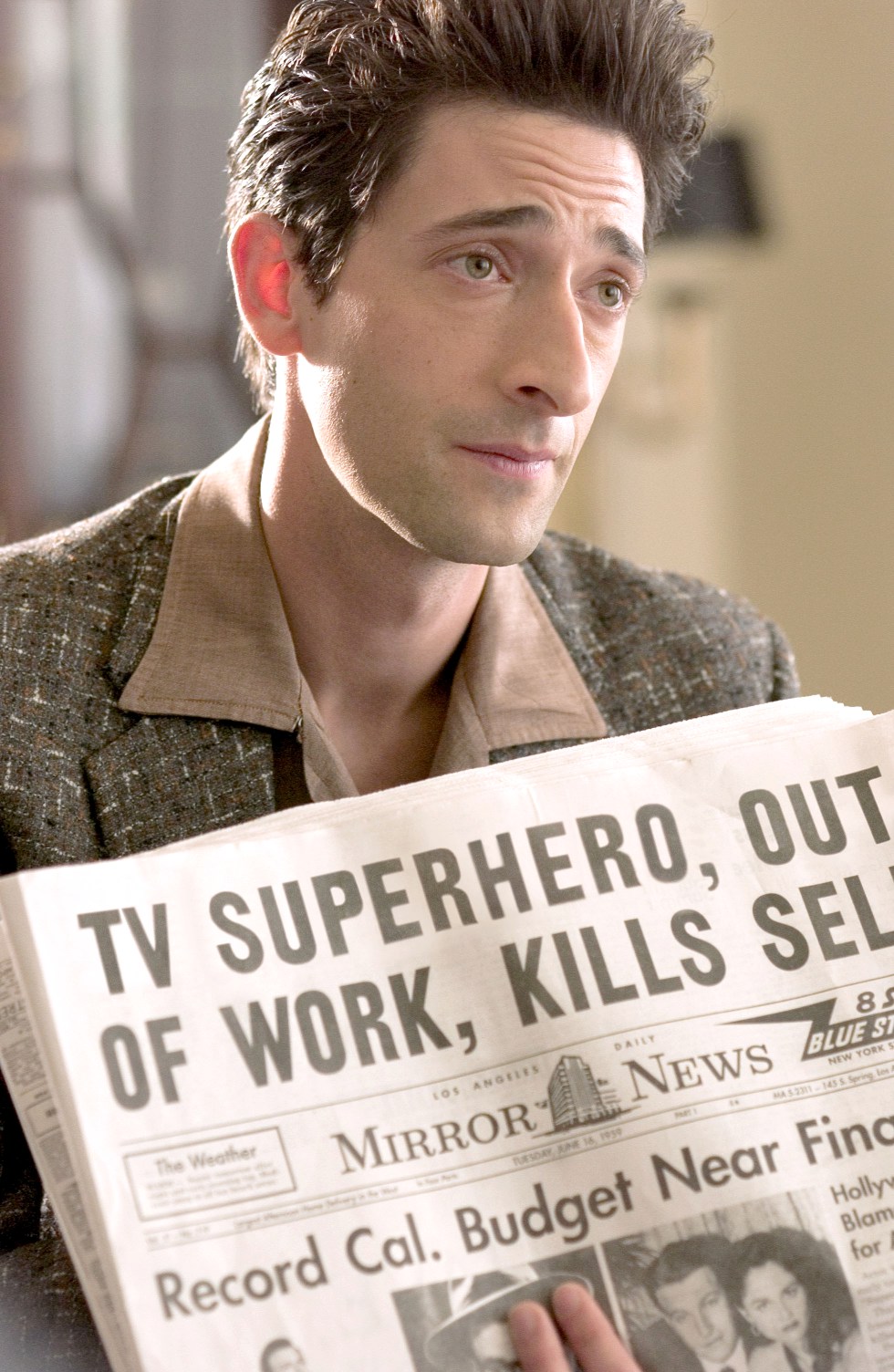 |
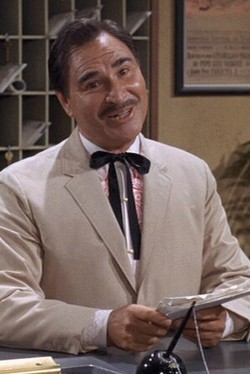 To be honest and even knowing what I know about George Reeves, the movie was so confusing and it did not even offend me because it was a bore. Important characters in George's life were not explored or identified, Natividad Vacio being one.
To be honest and even knowing what I know about George Reeves, the movie was so confusing and it did not even offend me because it was a bore. Important characters in George's life were not explored or identified, Natividad Vacio being one.It did not do anything for me as a movie and simply I did not think it was a good movie.
When I watch a movie I want to be entertained and uplifted and I want to come away with some hope - even if it is a tragedy. I saw it on a borrowed DVD, and it took me all day to get rhrough it. One minute it looked like a movie, the next minute it looked like bad reality television. The film didn't make you care about the characters.
If I can put it this way, people talk about "The Superman Curse" or "The Kennedy Curse," but I think there is a "Curse of Bio-Pics." It is that the makers of bio-pics think that it is their duty to re-write history. The Reeves case is uncertain history at best.
[WRITER'S NOTE: See the first part of interview for information on Fred Crane and Natividad Vacio.]
REEVES' FORTRESS OF SOLITUDE
Q: So it has to be asked, it seems as if you are saying that George was not murdered and it was not suicide. So are you saying involuntary manslaughter?
JAH: That is a possibility. I won't be pinned down, I leave the facts open for the reader to decide how George died. Speeding Bullet was a way of doing things. It was about objective journalism. Life seldom yields answers.
Q: I will say this, you do not think it was an assassin?
JAH: No, I do not think it was an assassin. Who would want to assassinate the man? What would be gained?
At this time he had plenty of money. In one bank account he had $9,000, in another he had $800. And his entire estate was valued at $48,000. In 1959, that was a lot of bread. He was worth more alive.
Q: So I have heard that Toni Mannix retained control of George's home.
JAH: Toni inherited George's house; he left it to her in the will. In 1967, there was an article in The Los Angeles Times called "Haunts for Halloween." It described Toni Mannix trying to sell or rent George's house and how the house was believed to be haunted.
I don't know whether it was or it wasn't and I have been in the house and I didn't see anything that made me think it was haunted or any sort of supernatural presence.
Q: When were you in George's house?
JAH: I was tipped off that it was going to be on sale and I was able to go on a tour of the house during an open house in July of 1995. They tried to sell it for $695,900; I was thinking about buying it but it was $200,000 over priced. In fact, they ended up selling it for $495,000.
Q: In a previous conversation, you told you spent a half hour in George's bedroom.
JAH: Yeah, I found it extremely peaceful and I sat there on the floor and the sun came in the window and I heard the birds singing. I didn't see any ghouls or goblins. It was very nice.
In fact, I hope the people who are in the house now are enjoying the house and I hope the the nuts leave them alone.
However, when I was there, it just felt absolutely right for me to be there.
Q: It's kind of fitting you being in George's bedroom, it seems you came full circle.
JAH: Yeah, it was like coming full circle.
Q: So nothing spooky happened in George's room?
JAH: No. In fact, me being there in a lot of ways was anticlimactic.
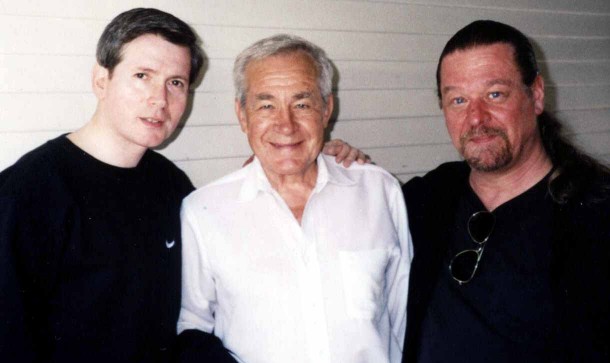 Jack Larson told me that when he went to the house with Toni Mannix after George died, and Jack did not want to go in there because it was a place of old violence.
Jack Larson told me that when he went to the house with Toni Mannix after George died, and Jack did not want to go in there because it was a place of old violence.
I mean the house has been remodeled umpteen times in the 50 years since this event. I dug the house and I wish I could have afforded the house.
It did have great significance for me personally because and I felt like I had done no wrong by what I wrote in Speeding Bullet.
I felt I had not done anything that would have been offensive to this man.
[Photo Caption: Writer Steve Randisi, Jack Larson and Jan Alan Henderson. Photo Courtesy of Jan Alan Henderson]
(HU)MAN OF STEEL, REVISITED
Q: Why do you think you did "right by George,"as you say?
JAH: The entire purpose as to why I wrote this was to make this guy a real human being and not a tabloid caricature.
I will say this, I became professionally driven to show who he was.
I think he got shafted.
Acting wise, I think he should have either won an Oscar or at least been nominated for the movie "So Proudly We Hail."
He really is, to my mind, the motivation of the picture.
Q: But as a person, you think he got shafted, how come?
JAH: He did 60 movies and you had a guy who was a wonderful actor and a nice guy. George was the kind of guy who was generous to a fault and I think that is the way we should remember him.
I have gone through the ups and downs of his life as the best I can, but I think I show a man who gave an awful lot.
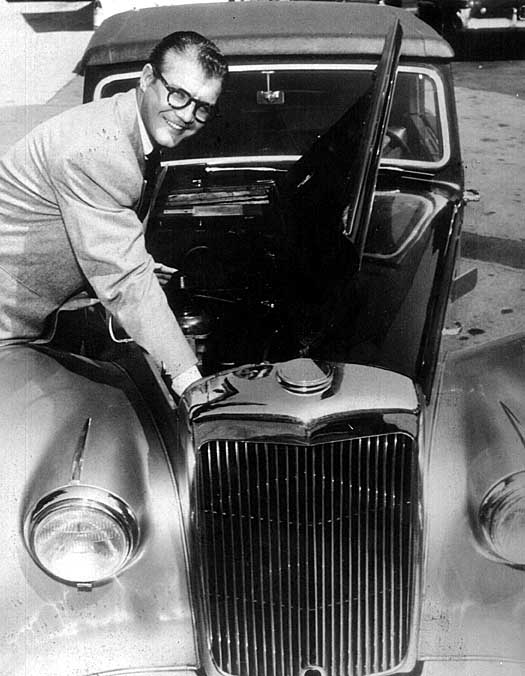 If I was to describe his spirit, I would say he has the spirit of a man who was giving and he gave more of himself then he ever received back.
If I was to describe his spirit, I would say he has the spirit of a man who was giving and he gave more of himself then he ever received back.
Unfortunately, he is more remembered for his demise. We wanted to take that to another level; we wanted him to be remembered for the work he did. That's why we put out Crimson Cape.
Q: It sounds to me like you did not set out to do, for lack of a better phrase, a pro-George Reeves book?
JAH: We set out to do books that were fair to George. After conducting the interviews with George's friends, his story became clear and I wanted to give George a human face. I decided that I wanted to restore the respect I thought this man deserved, that was long overdue.
And even though he is not here with us, maybe that book was the reason I felt peace as I sat in his bedroom.
GEORGE, THE MAN AND SUPERMAN
Q: What do you think George's opinion of the character of Superman was?
JAH: I think he viewed being Superman as a nice job, but I think he would have liked to have gotten a better one.
Q: What do you think would have happened if he had survived? Do you think he would have ended up on the convention circuit like many of other sci-fi actors?
JAH: No, I don't think he would have done conventions. I think George would have gone on to directing and he would have been a fabulous director.
Simply because I think once "The Adventures of Superman" ended, he wanted to put that part of his life in the past and live in the present.
Also, look at it this way you know you have rock and roll performers like Mick Jagger and David Bowie come out with a new project every couple of years. They reinvent themselves.
THE MASTERY OF DISCIPLINE
Q: What is next for you?
JAH: I'll just keep writing music. I'll keep writing interviews and I'll keep writing the reviews for my web site Janalanhenderson.com I guess. There is plenty more to come on the web site, like a line of instrumental CDs, which run the gamut from rock to jazz, with electronic and acoustic music.
I have done some consultation on other people's books.
There maybe another book on a completely different subject. It would not be another George Reeves. It really has nothing to do with the Reeves story or the Reeves tragedy but it might be a fiction set in the Golden Age of Hollywood.
I continue to allow the future to present itself to me, and this is not a contrived thing. I am a product of my environment growing up in Los Angeles and what used to be Hollywood.
I filter out that stuff that is from today's Hollywood and allow the future to present itself, and continue to work in a very discipline fashion. I continue to be involved in craft and involved with discipline of crafting.
There is a chance for me to approach the borders of mastery of a discipline which is a very zen thing for me.
Like George Reeves tried, I am trying to reinvent myself.
Q: Jan, thank you so much for your time For us here at the Superman Homepage, it has been a real honor.
JAH: Thank you.
For more information about Jan Alan Henderson, visit www.janalanhenderson.com. And to get copies of Speeding Bullet or Behind the Crimson Cape: The Cinema of George Reeves
visit amazon.com.
==
This interview is Copyright © 2009 Steven Younis. It is not to be reproduced in part or as a whole without the express permission of the Superman Homepage.
